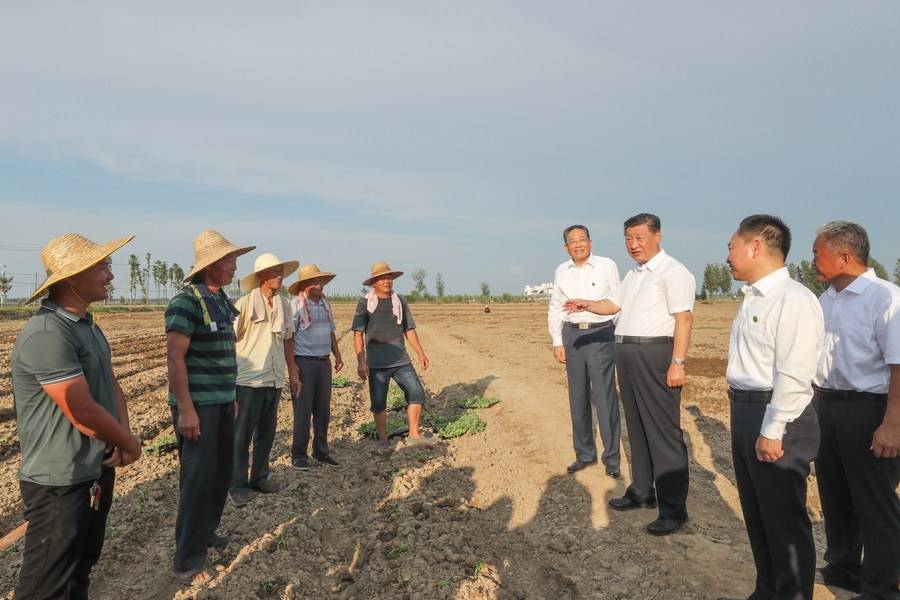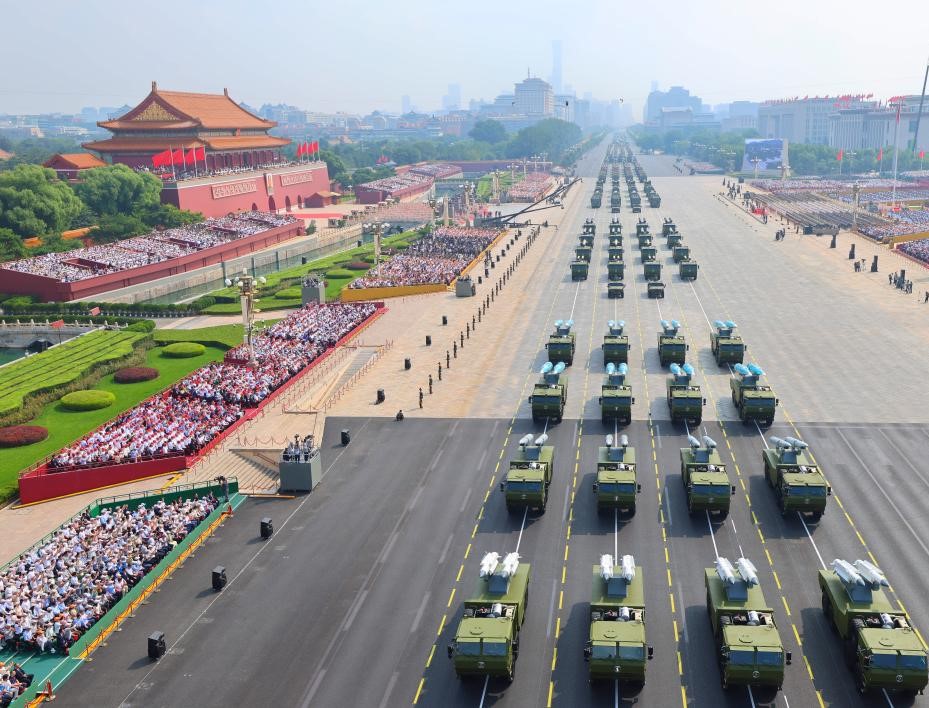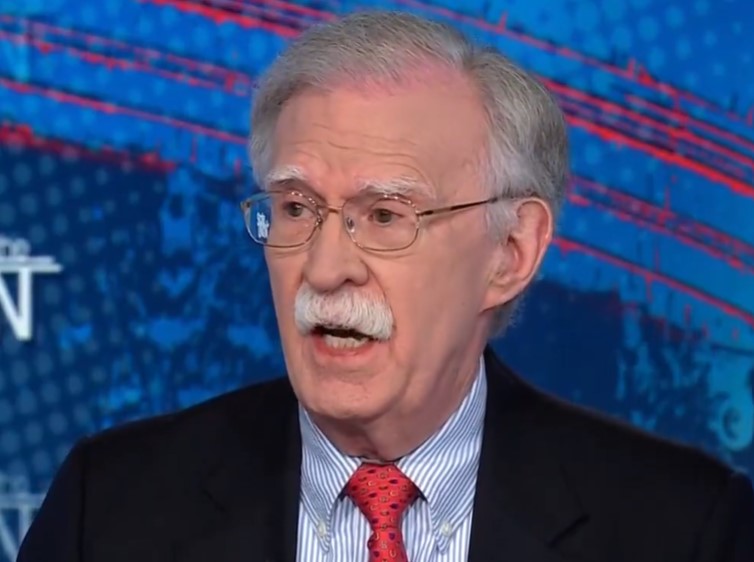China has an urban population of roughly 900 million while another 500 million live in rural areas…reports Asian Lite News
Beijing’s push to modernise rural areas of China claiming to improving lives and reducing poverty, Chinese villagers across the nation are facing an even wider gap in income inequality against their urban counterparts as an economic opportunity in the countryside remains sparse.
According to Nikkei Asia, Chinese President Xi Jinping in December declared that the last counties on the list of impoverished areas had been removed, ending China’s long fight against extreme poverty. However, rural incomes are falling further behind those in China’s cities, and life in the countryside remains challenging.
“Our everyday life did get better over the last several years, but we’re still struggling,” said a 54-year-old pig farmer who earns less than 30,000 yuan a year.
China has an urban population of roughly 900 million while another 500 million live in rural areas. Urbanites earned 43,834 yuan on average in 2020, while rural residents averaged 17,131 yuan, government data shows.
The gap in actual income between the rural and the poor has widened by 57 per cent over a seven-year period as China’s rural areas have few work options outside agriculture, and the farming field lacks business growth, reported Nikkei Asia.
“Corporations in urban areas achieved growth by hiring low-wage migrant workers and becoming the ‘factory of the world,’ and they’re using villages as colonies. The gap is unlikely to narrow going forward,” said Fumiki Tahara of the University of Tokyo.
Many villagers leave for big cities as migrant workers, whose average earnings reached about 4,000 yuan a month in 2020 — far better pay than for farmers. But they remain far behind office workers. (ANI)
ALSO READ: ‘China’s three-child policy won’t prevent lower annual births’













